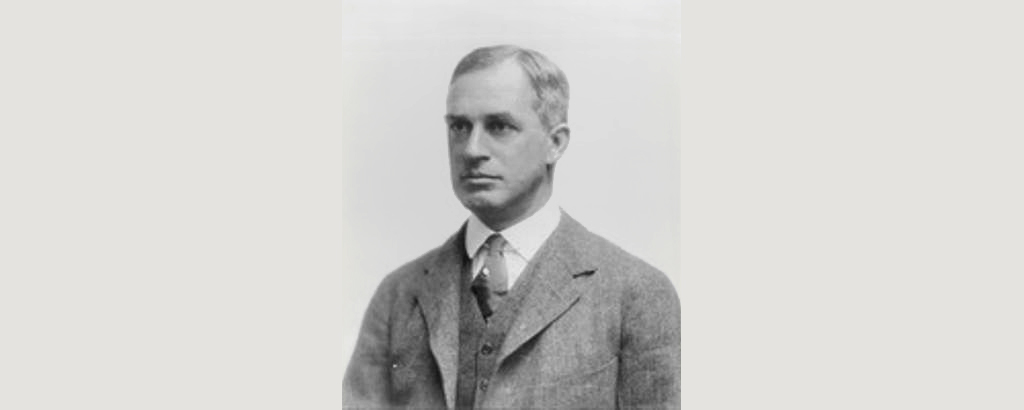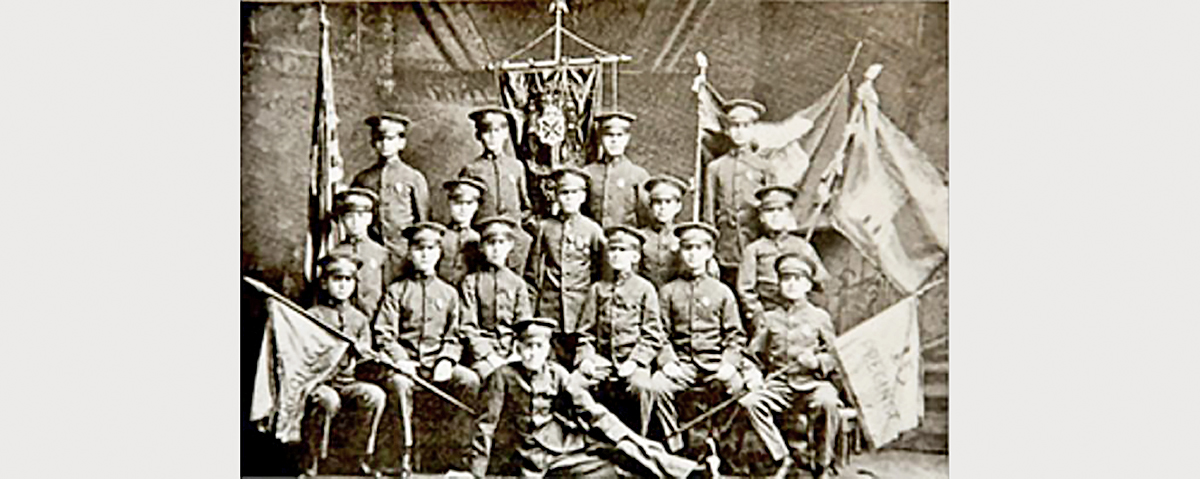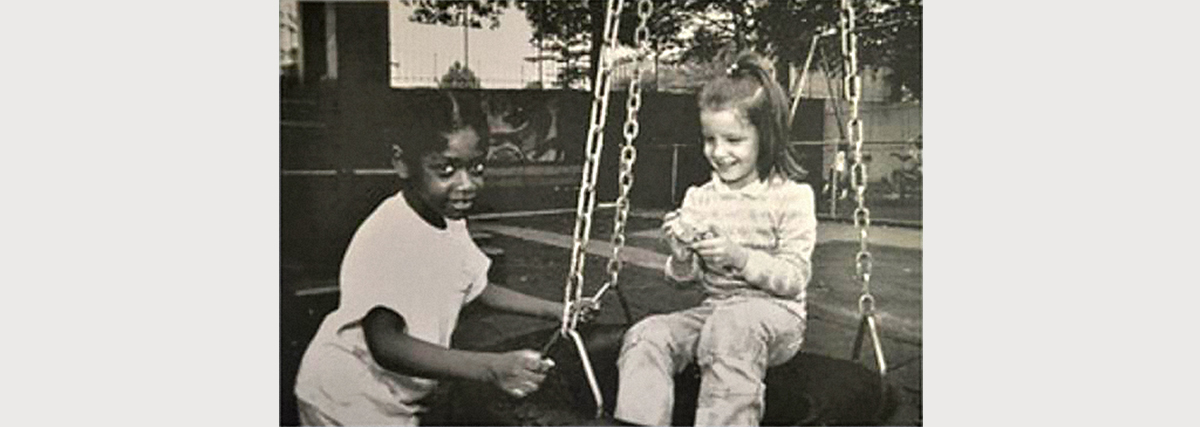History Of PAL
The Police Athletic League was created in 1917 in New York City to provide a constructive environment for young people, with the dual goals of preventing juvenile delinquency and building trust between the police force and the community. The early programs included a variety of sports such as baseball, basketball, and boxing, as well as educational and cultural activities.
Throughout the 1920s and 1930s, the PAL model gained popularity and spread to other cities across the United States. Each city’s PAL chapter operated independently but followed the general principle of using athletics and recreation as tools for positive youth development. The Great Depression and World War II saw an increase in PAL activities as communities sought ways to support and engage youth during challenging times.
The National Police Athletic League was established in the early 1940’s to provide standardized guidelines, training, and support to local PAL chapters, and to advocate for the importance of PAL as a community policing and crime prevention effort at the national level.
The post-World War II era saw a significant expansion of PAL programs and chapters. The organization diversified its offerings to include not only sports but also educational programs, arts, and vocational training. During the Civil Rights Movement in the 1960s, PAL played a crucial role in many communities, promoting racial integration and understanding through its inclusive programs.
In the latter half of the 20th century and into the 21st century, PAL continued to adapt to the changing needs of communities. New initiatives were introduced to address contemporary issues such as drug abuse, gang violence, and educational disparities. The introduction of mentoring programs, career guidance, and computer literacy classes reflected PAL’s commitment to comprehensive youth development.
Now known as National PAL, the organization includes over 300 chapters throughout the United States, serving over 2 million youth annually. It is the premier model for modern community policing and connecting cops to kids.



